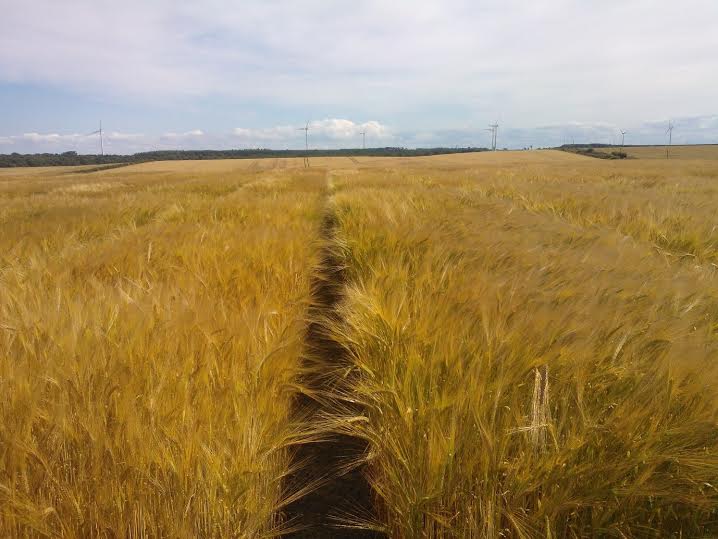
Spring barley varieties that have a better tillering ability could be linked to higher yields, helping to explain why many of the newer varieties are offering such increases in yield, says Ron Granger of Limagrain UK.
“Limagrain has been monitoring the tillering capacity of spring barley lines over many years, and it is quite evident that many of the newer varieties appear to be producing higher tiller counts.
For example, Concerto is known to be a lower tillering variety and as such is lower yielding than the newer higher tillering varieties from Limagrain such as Octavia, Olympus and Sienna. “
“Looking at tiller counts versus yield from trials, our analysis would confer that higher tiller counts are increasing yield potential; for full yield potential we should be aiming at a final tiller count of 775 – 800 /m² in line with the AHDB Barley growth guide recommendations.”
“Spring barley varieties with higher tiller counts are desirable, as in challenging periods during the spring, these varieties are able to lose tillers without a significant yield penalty whereas low tillering varieties will struggle to compensate when the environment is not favourable, due to a loss of tillers.”
Managing tillering with inputs
Limagrain trials data shows that an additional application of nitrogen can be helpful if plant counts and tiller numbers are low, to increase both tiller number and more importantly tiller survival.
“The data from our on-going Scottish trials suggests that the standard nitrogen application rate of 120 - 150kg/ha is the optimum requirement for yield versus grain nitrogen content, “ says Mr Granger.
“With regards to the south of England, our data is more limited, but it is clear that nitrogen rates may have to be increased especially on the better soil types with higher tiller number potential, to ensure both full yield potential and grain nitrogen content are achieved.”
Mr Granger points out that growers need to know what market they are aiming for regarding the choice of spring barley variety as pushing for yield has to be weighed up with the grain nitrogen content requirement requested by the end user .
“In addition to nitrogen, applications of sulphur and manganese are very beneficial in the early stages of plant growth in spring barley,” he adds.
Fungicide programmes need to be flexible depending on disease pressure during the growing season, he says.
“As you can see in 2015 in what was a low disease pressure year, the fungicide programmes was reduced accordingly. In comparison, 2014 was a high disease pressure season and the higher rate fungicide programme had the advantage.”
“In either situation accurate timing of the application of chemistry used was key to maintaining healthy plant development for full yield potential.”
